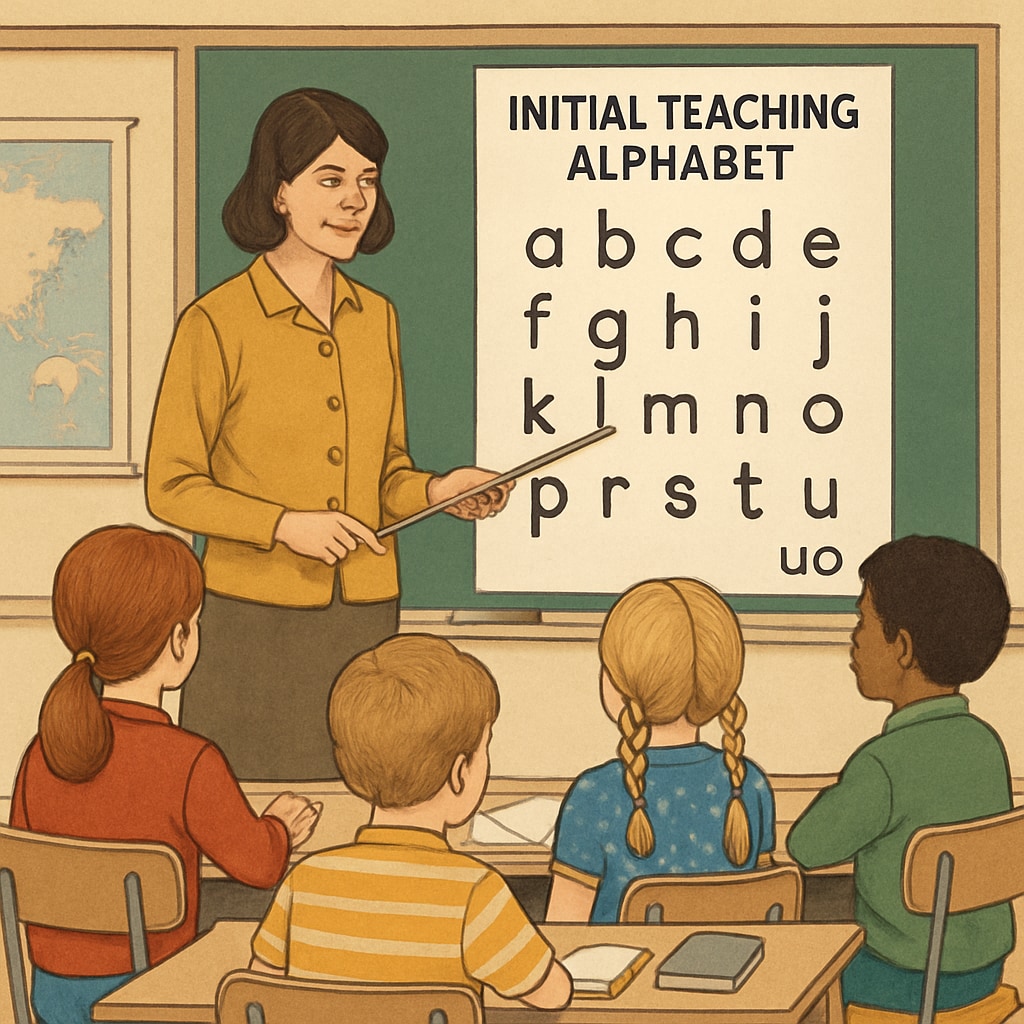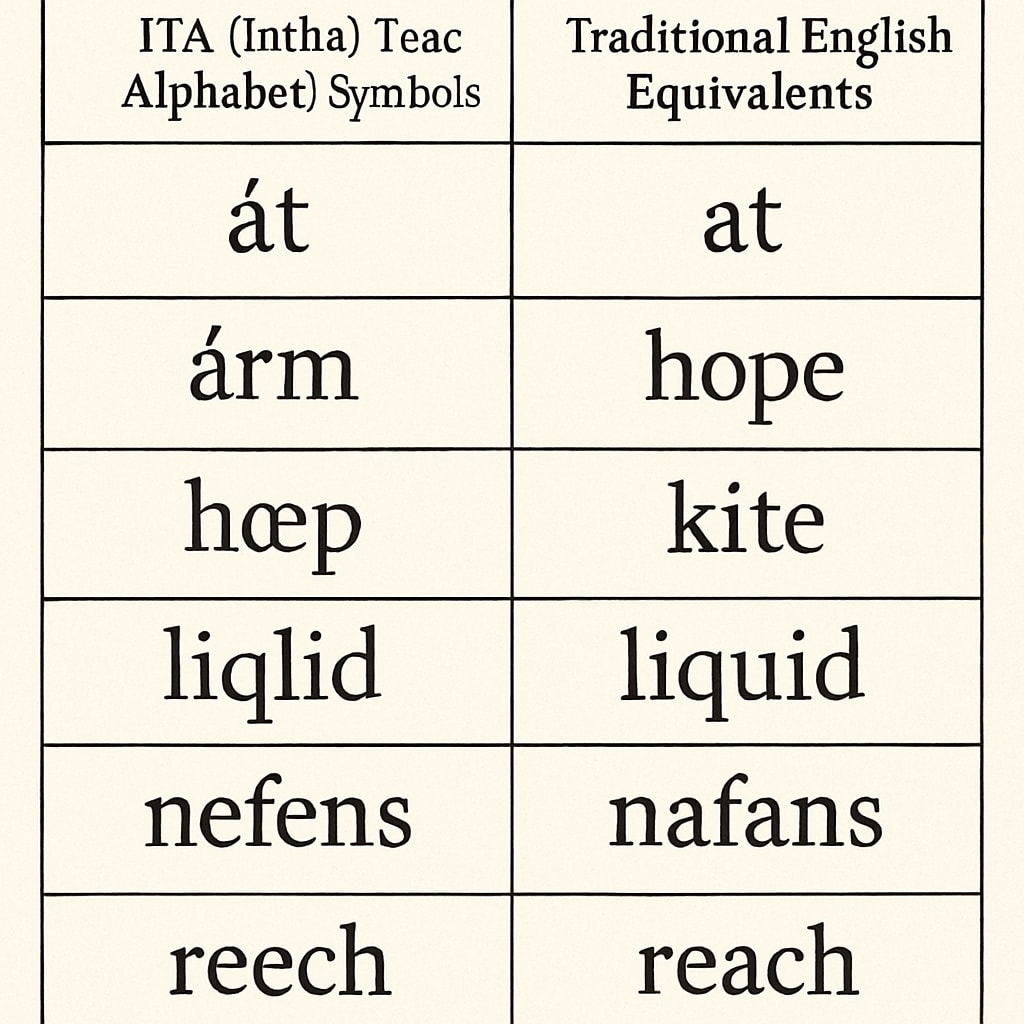The 1970s marked an era of educational innovation, with methods like the Initial Teaching Alphabet (ITA) introduced to improve literacy skills. Designed as a simplified alphabetic system to ease the process of learning to read and write, the ITA gained significant attention. However, its potential long-term effects on spelling skills have sparked debates in educational circles ever since. This article explores the origins, goals, and unintended consequences of the ITA, shedding light on how this 70s educational experiment influenced the spelling abilities of an entire generation.
The Concept Behind the Initial Teaching Alphabet
The Initial Teaching Alphabet was developed by Sir James Pitman in the 1960s and gained widespread use in schools by the 1970s. Its core idea was to create a phonetic alphabet system that more closely mirrored the sounds of spoken English. Traditional English spelling, riddled with inconsistencies and irregularities, was seen as a barrier to early literacy. ITA addressed this by introducing a 44-character alphabet where each symbol corresponded to a single phoneme.
For example, instead of using the traditional spelling “cat,” the ITA version might look like “kat.” This method was intended to simplify the learning process for children, allowing them to focus on phonetic sounds before transitioning to standard English spelling. In theory, this approach seemed promising, but its practical application revealed several challenges.

Did ITA Compromise Long-Term Spelling Skills?
While the ITA was intended to be a stepping stone to traditional English, critics argue that it may have hindered long-term spelling development. Early learners exposed to this system reportedly struggled to transition from the phonetic ITA to standard English orthography. The reliance on phonetic spelling often created confusion, particularly with irregular or silent letters in conventional English.
Studies conducted in the 1980s revealed that some students educated under the ITA system retained phonetic spelling tendencies well into adulthood. For example, words like “through” might be spelled as “thru,” reflecting the phonetic representation rather than the standard form. This raises the question: did the ITA help or harm students’ ability to master conventional spelling?
Lessons Learned from the ITA Experiment
Although the ITA is no longer in widespread use, its legacy offers valuable lessons for educators. Here are some key takeaways:
- Early Literacy vs. Long-Term Mastery: While ITA succeeded in breaking down initial barriers to literacy, its effectiveness in fostering long-term spelling proficiency remains debatable. This highlights the importance of balancing short-term gains with sustainable learning outcomes.
- Consistency Matters: The transition from ITA to traditional spelling introduced inconsistencies that confused learners. Any teaching method must consider how students will adapt to real-world language use.
- One Size Does Not Fit All: The ITA worked well for some students but not for others, underlining the need for diverse educational strategies catering to individual learning styles.

The ITA’s Role in Modern Educational Discussions
Today, the ITA serves as a historical case study in the field of education. Researchers and linguists continue to analyze its merits and shortcomings. As technology introduces new ways of teaching literacy—such as phonics apps and AI-driven tools—the lessons of the ITA remain relevant. Methods that simplify learning must also ensure that students can adapt to the complexities of standard language systems.
For those interested in learning more about experimental teaching methods, the Initial Teaching Alphabet on Britannica offers additional insights. Likewise, the Wikipedia page on ITA is a comprehensive resource for further exploration.
In conclusion, the Initial Teaching Alphabet was a bold attempt to revolutionize literacy education during the 70s. While it offered a promising approach to overcoming traditional spelling hurdles, its long-term impact on spelling skills reveals the complexities of educational innovation. As we develop new methods to teach reading and writing, the ITA serves as a reminder of the need for a holistic, adaptable approach to literacy.


